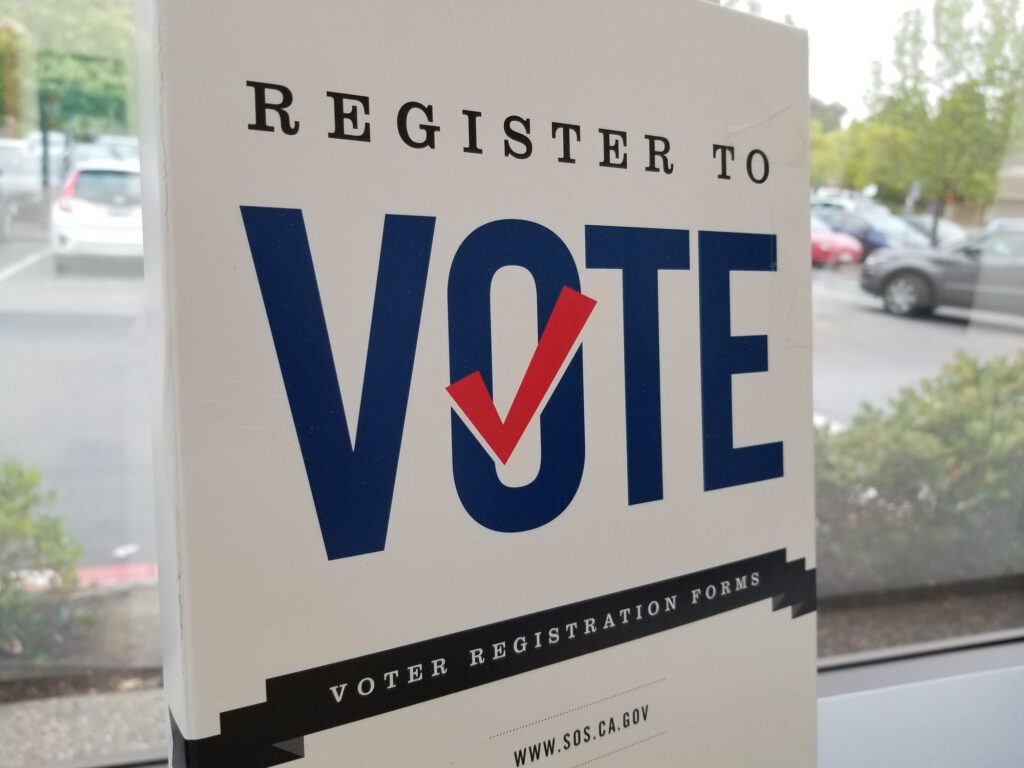Getting Young Voters to the Polls Isn’t as Simple as All Digital All the Time

Young Americans are voting in higher numbers. The 2022 midterms saw the highest turnout of voters ages 18-29 in three decades. Some 50 percent of that age group voted in 2020 — an 11-point increase from 2016.
Still, many candidates have a hard time identifying, persuading and mobilizing these voters — particularly those down-ballot running in low-turnout elections who could benefit the most from their support.
It might be time for candidate campaigns to borrow from the playbook of non-partisan voting groups who are mobilizing ahead of National Voter Registration Day on Sept. 19.
Rebekah Caruthers, a VP at the Fair Elections Center, a DC-based nonpartisan voting rights and election reform 501(c)(3), said one the most effective ways to reach college students is through TikTok content or engaging micro influencers. But a straight digital approach only goes so far.
“Sometimes 100-percent digital doesn’t work,” she told C&E. “Just because you have a lot of engagement on a digital platform, it doesn’t equal ‘now people are actually going to turn up physically in real life to an event.’ You can’t 100-percent rely on digital, but you do have to use digital.”
Caruthers said that her group would often follow up digital outreach through, say, a micro influencer talking about the importance of voting in an upcoming election with phone calls or texts to students who signed up in-person at a campus table to be contacted by the group. In Georgia in 2022, she noted, students needed to be reminded that the Senate runoff was taking place and “voting is not over.”
The group also hires students to be democracy fellows who can speak in-person to different campus groups about the importance of voting.
“It’s a mix of modalities,” she said, even if this generation of college students was raised using the internet.
Now, there’s no question that campaigns need to get creative when it comes to educating not just young voters about casting a ballot. Since 2020, battleground states like Georgia and Ohio have made changes to their voting laws that new citizens or low-propensity voters might not be aware of, while other states have made it easier to vote by mail.
Moreover, college students need a briefing on whether they can even cast a ballot in the location of their university without jeopardizing their financial aid.
“The way to fight back against that is providing more information,” she said. “All of our organizations have to spend time really educating voters.”
